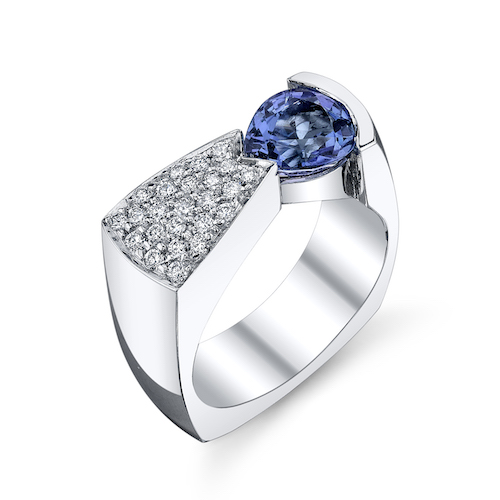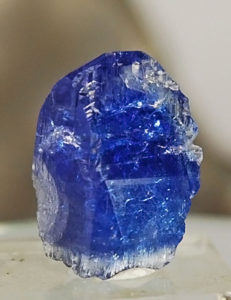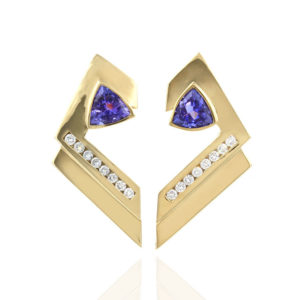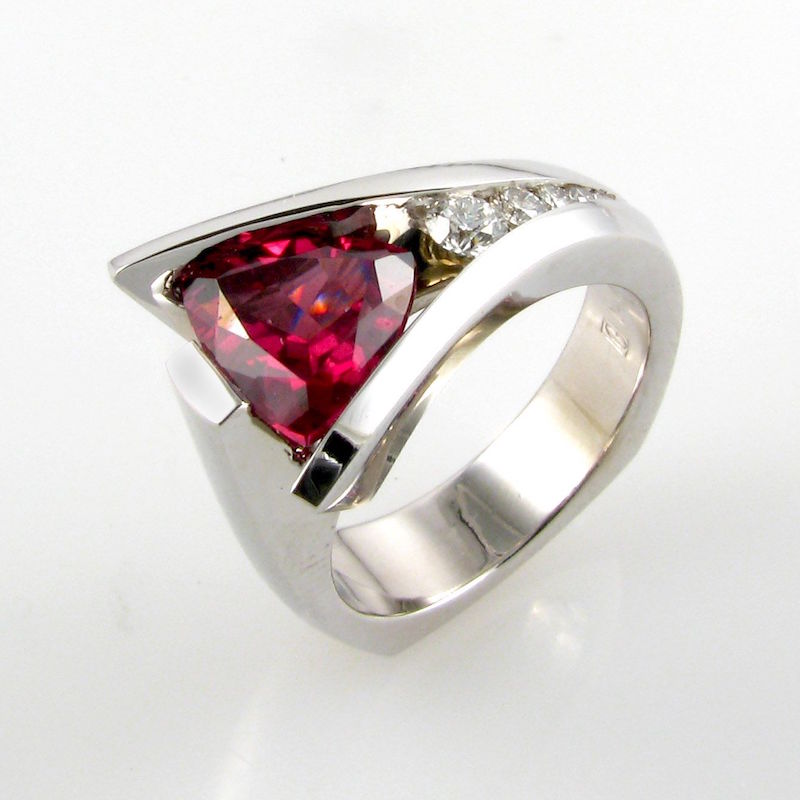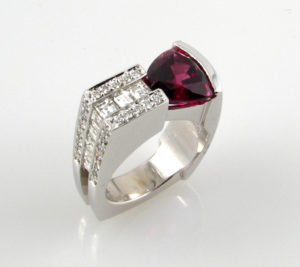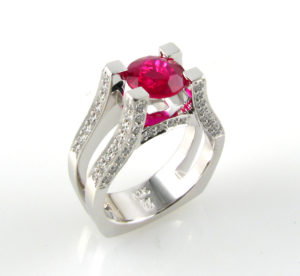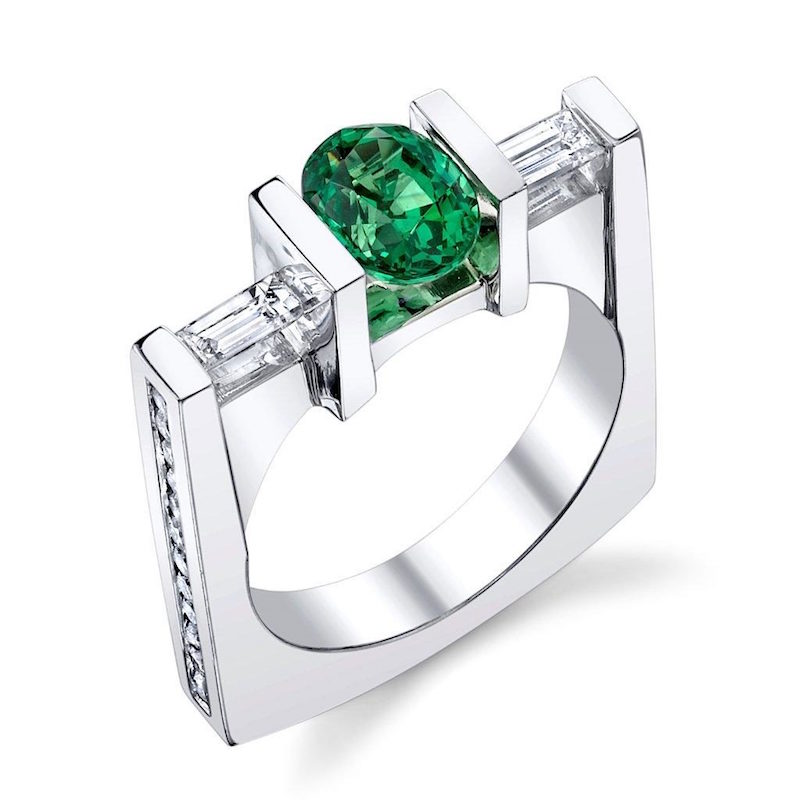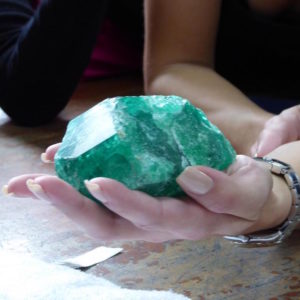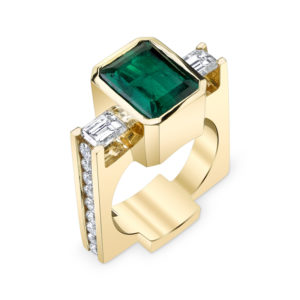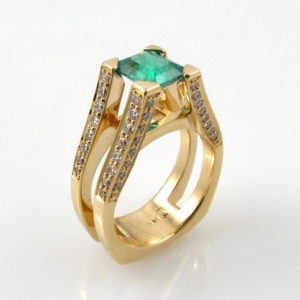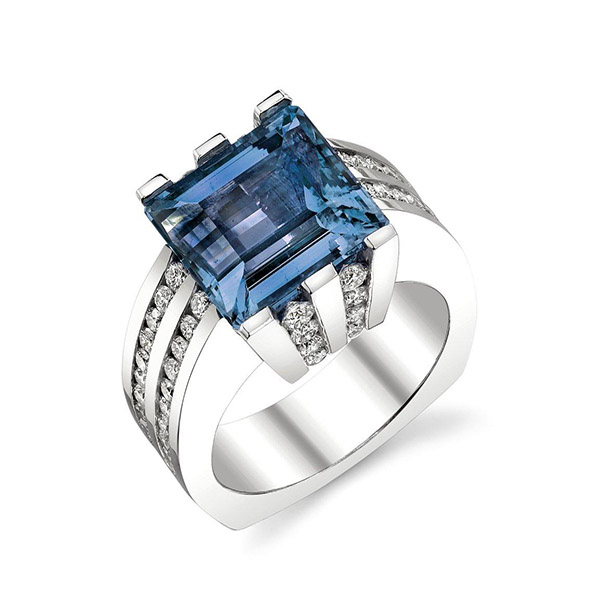A newcomer to the world of precious stones, tanzanites were not discovered in commercial quantities until half a century ago, near the foothills of Mount Kilimanjaro in the remote region of Merelani in Northern Tanzania. Compare that to diamonds, the earliest of which were believed to have been found in India in the 4th century BC, and emeralds, which date back to the ancient Egyptians, and this baby of the gem world has achieved star status in a very short space of time.
Mined in a single location, tanzanites are often referred to as the “gemstone of a generation” because this generation is likely to be the only one able to buy from the “first flush”, or primary deposit, of gemstones unearthed in Tanzania. It is believed that the mines will be depleted in around 25 years, which means it is becoming increasingly difficult to find large tanzanites in the most coveted deep-blue color.
Tanzanite had its first taste of fame when Tiffany began using it in its designs just a year after its discovery – the first jeweler in the world to do so.
Ranging from deep velvety blue to light purple, tanzanites, like all gemstones, are not uniform in color. Zurich-based gemologist and jewelry designer Doris Hangartner loves working with all the hues. “With its violet or purple component, it has an uplifting quality,” she points out. “The most prized tanzanites are vibrant, rich, deep blue with hints of purple. They shouldn’t be too dark but have a sumptuous blue hue.”
The paler purple varieties come from a more recent find in Tanzania and are described by Hangartner as having “an intriguing delicate color”. Whilst the most prized are the deep blues, she says that “color is a personal preference. The vibrancy of a tanzanite fascinates me more than, say, the calmness of a sapphire. It is an incredibly alluring gem.”
Some rare tanzanites come out of the ground blue or violet, which can usually be attributed to natural heating when the gems are still buried in the Earth. Very occasionally, a tanzanite will display no indication of heating whatsoever, making them the rarest of all tanzanites.
“Fine tanzanite has the deepest, richest combination of blue, violet and sometimes even burgundy shades,” echoes Temple St Clair. “Depending on how the stone is oriented during the cutting of the different facets, different variations of these colors will show. The very finest tanzanites, the pure blue variety, have a rich, bright electric-blue color.”
Hangartner also points out that, since tanzanite is not as expensive as other coveted blue gemstones, for example Kashmir sapphires, the cost of an excellent cut is reasonable. “Look for very well cut gems with good proportions and depth,” she recommends.
(Source: Claire Roberts)

